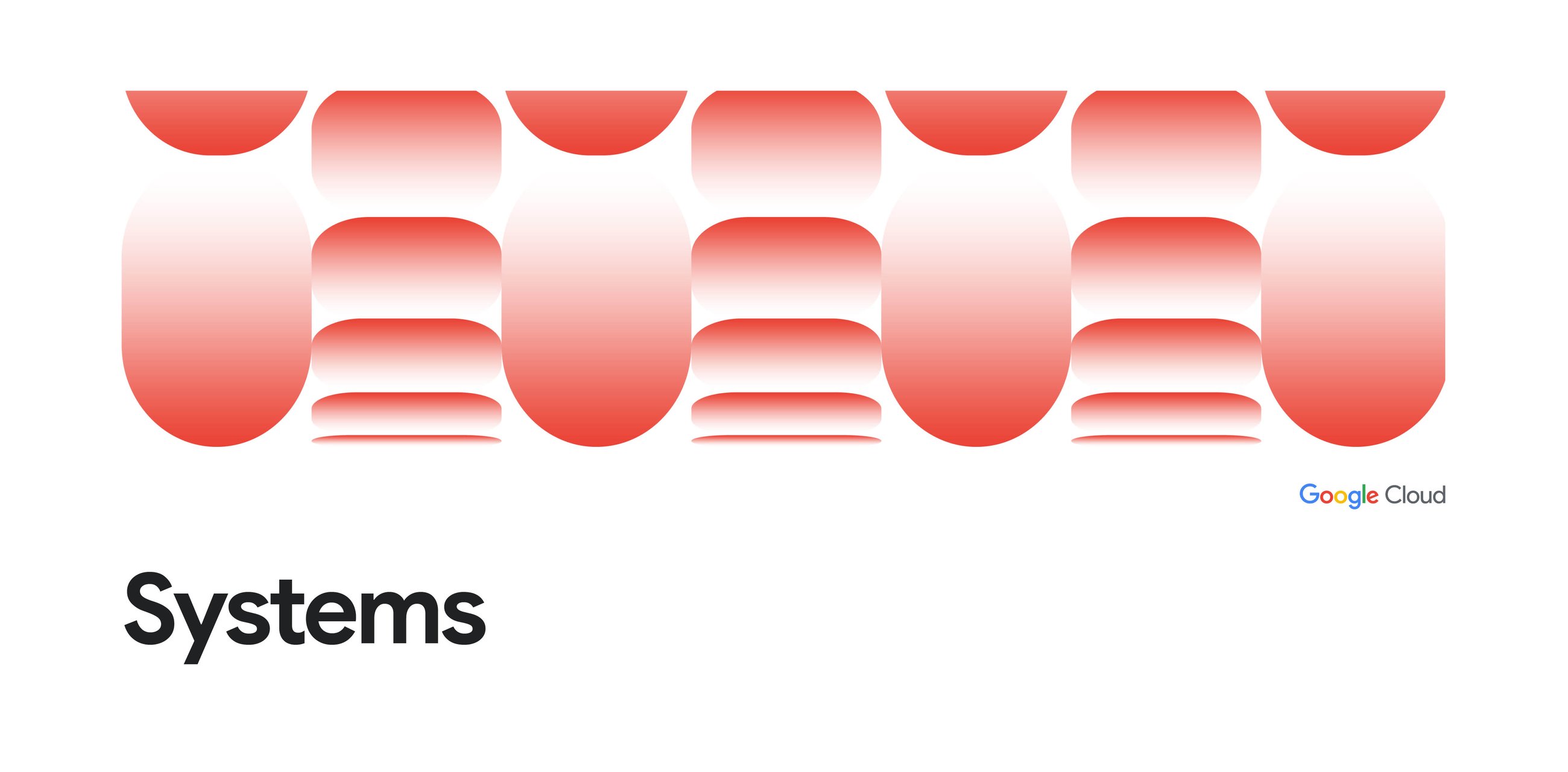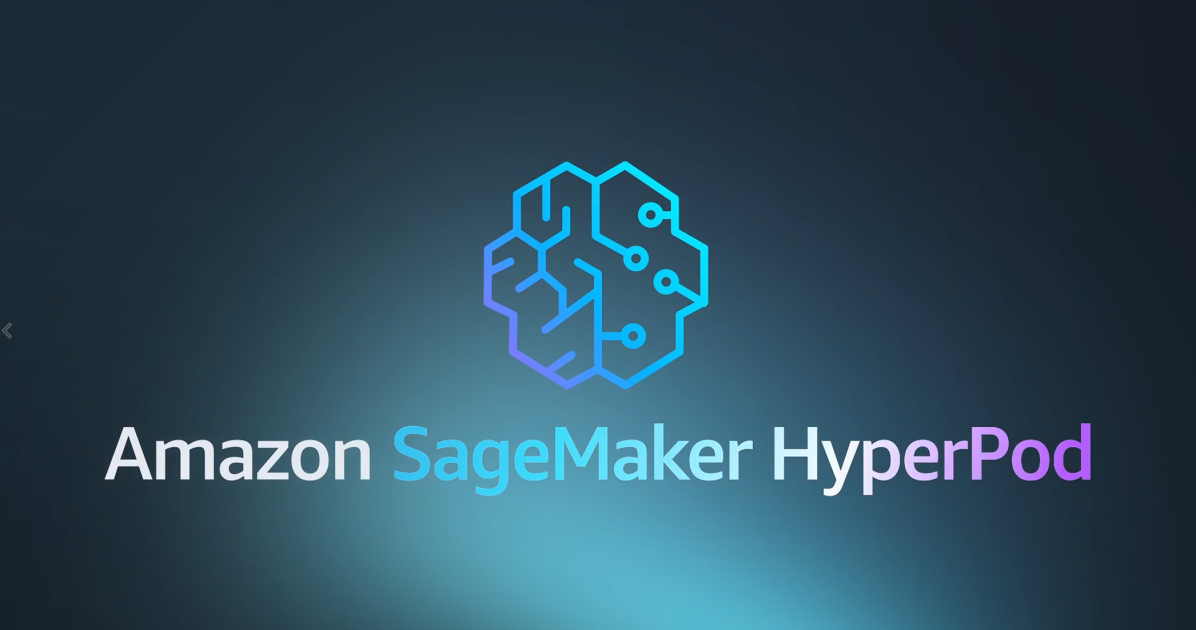
The liquid cooling imperative
The dramatic increase in chip power consumption — from 100W chips to accelerators exceeding 1000W — has made advanced thermal management essential. Packing more powerful chips into racks also creates significant challenges for cooling density. Liquid cooling has emerged as the clear solution, given its superior thermal and hydraulic properties. Water can transport approximately 4000 times more heat per unit volume than air for a given temperature change, while the thermal conductivity of water is roughly 30 times greater than air.
At Google, we’ve deployed liquid cooling at GigaWatt scale across more than 2000 TPU Pods in the past seven years with remarkable uptime — consistently at about 99.999%. Google first used liquid cooling in TPU v3 that was deployed in 2018. Liquid-cooled ML servers have nearly half the geometrical volume of their air-cooled counterparts because they replace bulky heatsinks with compact cold plates. This allowed us to double chip density and quadruple the size of our liquid-cooled TPU v3 supercomputer compared to the air-cooled TPU v2 generation.
We’ve continued to refine this technology generation over generation, from TPU v3 and TPU v4, through TPU v5, and most recently, Ironwood. Our implementation utilizes in-row coolant distribution units (CDUs) with redundant components and uninterruptible power supplies (UPS) for high availability. These CDUs isolate the rack’s liquid loop from the facility loop, providing a controlled, high-performance cooling system delivered via manifolds, flexible hoses, and cold plates that are directly attached to the high-power chips. In our CDU architecture, named Project Deschutes, the pump and heat exchanger unit is redundant, which is what has enabled us to consistently achieve the above-mentioned fleet-wide CDU availability of ~99.999% since 2020.
We will contribute the fifth-generation Project Deschutes CDU, currently in development, to OCP later this year. This contribution, including system details, specifications, and best practices, is intended to help accelerate the industry’s adoption of liquid cooling at scale. Our insights are drawn from nearly a decade of designing and deploying liquid cooling across four generations of TPUs, and encompass:
-
Design for high cooling performance
-
Manufacturing quality
-
Reliability and uptime
-
Deployment velocity
-
Serviceability and operational excellence
-
Supply ecosystem advancements
Source Credit: https://cloud.google.com/blog/topics/systems/enabling-1-mw-it-racks-and-liquid-cooling-at-ocp-emea-summit/



